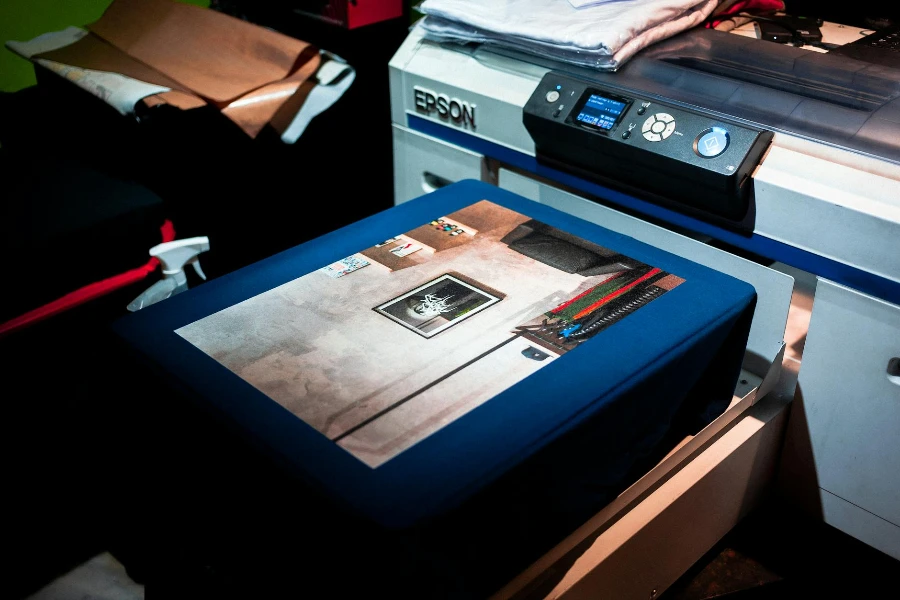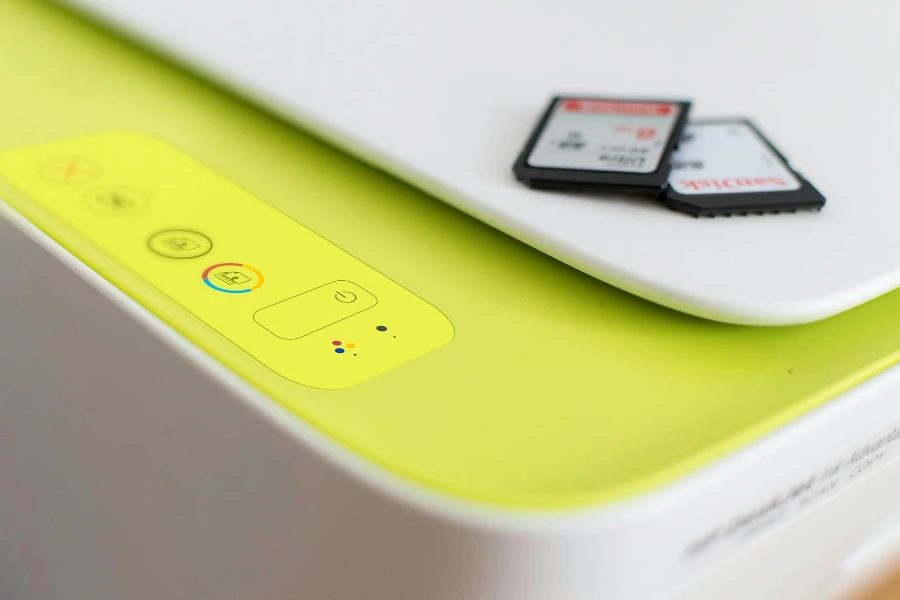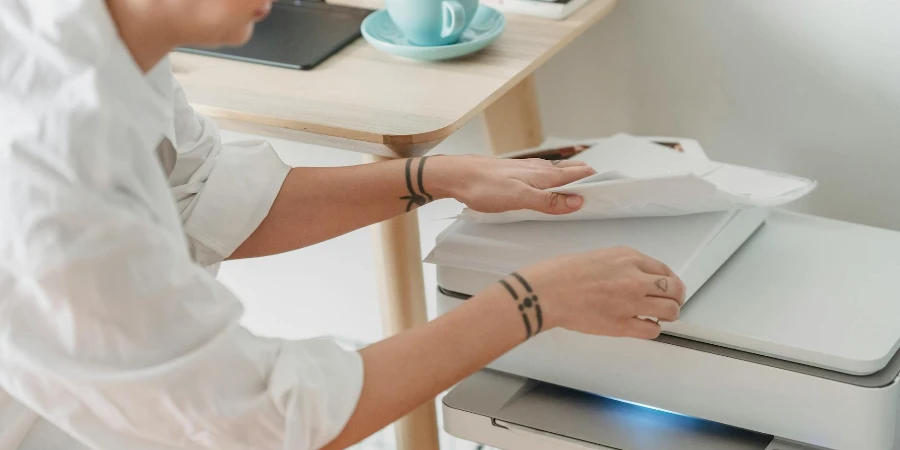Screen printing, a technique that has stood the test of time, continues to be a popular method for creating vibrant and durable designs on a variety of materials. From fashion to advertising, the versatility and efficiency of screen printing make it a go-to choice for many industries. This guide will explore the intricate details of screen printing machinery, how it operates, its applications, costs, and the leading machines available, providing valuable insights for both novices and seasoned professionals.
Table of Contents:
– What is screen printing?
– How do screen printing machines work?
– How to use a screen printing machine
– How much does screen printing equipment cost?
– Top screen printing machines
What is screen printing?

Screen printing, also known as silk screening, is a printing technique that involves pushing ink through a mesh screen onto a substrate, except in areas made impermeable to the ink by a blocking stencil. The method is favored for its ability to produce vivid colors and durable prints on a variety of surfaces including textiles, ceramics, wood, paper, glass, and metal. The process can be manual or automated, with advancements in technology leading to sophisticated machinery that can handle complex, multi-color designs with precision and speed.
The core of screen printing lies in its simplicity and versatility. A screen made of fine mesh is stretched tightly over a frame. A stencil design is created on the screen either by blocking parts of the screen with a non-permeable material or by coating the screen with a photosensitive emulsion that is then developed in a similar way to a photograph. This process creates a precise and replicable pattern that can be used multiple times, making screen printing ideal for large runs.
How do screen printing machines work?

Screen printing machines operate on a basic principle but can vary significantly in terms of complexity and automation. The fundamental process involves the application of ink onto a substrate through a mesh screen. The screen is placed over the material to be printed, and ink is placed on top of the screen. A squeegee is then used to press the ink through the mesh openings onto the substrate below. Only the areas that are not blocked by the stencil allow ink to pass through, creating the print.
In manual screen printing, the operator controls the squeegee by hand, determining the pressure, angle, and speed of the stroke. This method requires skill and experience to achieve consistent results, especially with multi-color designs. On the other hand, automatic screen printing machines use mechanical or digital controls to manage these variables, allowing for high precision and repeatability. These machines can range from small tabletop models to large floor-standing units, with some capable of printing on multiple substrates simultaneously.
How to use a screen printing machine

Using a screen printing machine involves several key steps, regardless of the level of automation. The first step is to create or obtain a stencil of the design to be printed. Once the screen is prepared with the stencil, it is positioned over the substrate. The type of ink used can vary depending on the substrate material and the desired finish. After loading the ink onto the screen, the squeegee is used to press the ink through the mesh.
For manual screen printing, maintaining consistent pressure and speed is crucial for achieving uniform prints. In automatic machines, these parameters are set before starting the print run, allowing for consistent results across multiple items. After printing, the ink must be cured or set, often through a combination of drying and heat setting, to ensure durability and resistance to fading.
How much does screen printing equipment cost?

The cost of screen printing equipment can vary widely based on the size, complexity, and automation level of the machine. Basic manual screen printing kits can start as low as a few hundred dollars, making them accessible for hobbyists and small businesses. These kits typically include a single-color press, screens, squeegee, and basic supplies.
Mid-range automatic machines designed for small to medium production runs can cost anywhere from a few thousand to tens of thousands of dollars. These machines offer increased efficiency and consistency, with features like multiple color stations and integrated drying systems. High-end models, suitable for large-scale industrial applications, can exceed $100,000, reflecting their advanced capabilities, speed, and automation features.
Top screen printing machines

The market offers a wide range of screen printing machines, catering to different needs and budgets. Some of the top models include the M&R Genesis Manual Screen Printing Press for beginners and small operations, offering ease of use and versatility. The Workhorse Products Sabre Series is favored for mid-level production, featuring automatic screen positioning and multiple color stations. For high-volume production, the Anatol VOLT XL is a standout, offering full automation, precision control, and the ability to handle complex, multi-color designs efficiently.
Conclusion:
Screen printing remains a vital and dynamic part of the printing world, thanks to its versatility, durability, and vibrancy of prints. Whether you’re starting out in the world of screen printing or looking to upgrade your current setup, understanding the machinery, how it works, and what options are available is crucial. With the right equipment and knowledge, the possibilities of what you can create are nearly limitless, making screen printing an enduringly popular choice for a wide range of applications.




